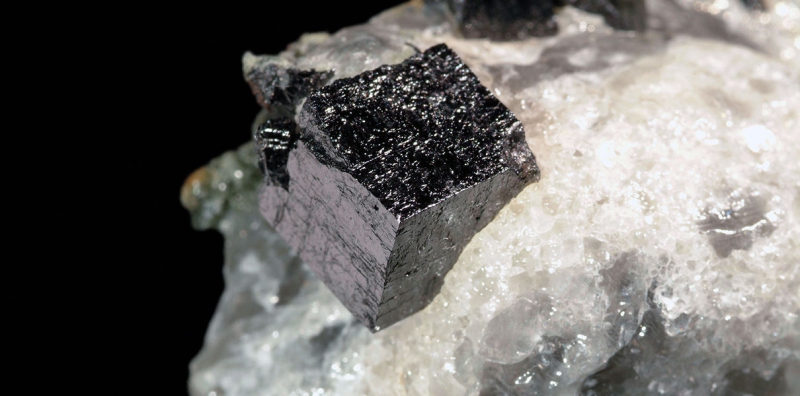The fastest way to transfer data is via photons. To that end, miniature laser radiation sources are required to create high-speed optical chips. The Q-factor of that radiation needs to be of the maximum possible value, while the power of optical excitation, which triggers the generation of coherent photons, must be as low as possible. In addition, nanolasers must be able to easily change their radiation frequency across a wide wavelength spectrum. Therefore, equipping optical chips with nanolasers that generate narrow-band luminescence on various wavelengths will make it possible to make use of the maximum possible number of data transmission channels in a given waveband.
Some of the most promising “candidates” for the role of nanolasers are inorganic perovskite nanowhiskers, which are nanocrystals of regular geometric shapes with a length that’s dozens of times larger than their width. Optically excited nanowhiskers form the quasiparticles excitons. More than 90% of the resulting excitons are capable of recombination with photon radiation, which results in the high optical activity of the medium. In addition, the end facets of nanowhiskers are effective at reflecting the light that is dispersed within them on the Fabry–Pérot resonance frequencies. This quality ensures positive feedback, which is a requirement for the emergence of laser radiation.
Scientists from ITMO University have proposed a new method for the creation of perovskite nanolasers. It starts with the spraying of special ink, which is a solution of lead and cesium bromides, onto a hydrophobic medium. When the ink separates into drops, it is treated with the fumes of an isopropanol-water mixture, which results in the growth of nanowhiskers. The entire process takes only five to seven minutes. Due to the transfer of the H+ proton from the isopropyl molecules to the water molecules, the isopropyl molecules become ionized and form chemical bonds with lead ions on the surface of perovskite nanosurfaces. This ensures that the nanocrystals grow in a specific direction.
“As far as we know, our method is the easiest and fastest of those that exist today. Using cheap chemical reagents, we are able to produce monocrystal perovskite nanolasers with smooth surfaces. These nanolasers also have a high Q-factor of laser modes and a low laser generation threshold,” says Anatoly Pushkarev, a researcher at ITMO University’s Laboratory of Hybrid Nanophotonics and Optoelectronics.
According to Dr. Pushkarev, one of the new nanolasers’ distinctive features is the shape of their end facets, which resemble a truncated pyramid. This shape allows them to “lock” light near the side with the smallest cross-section thanks to the reflection of internal radiation off the pyramid’s planes. This allows for the minimization of radiation losses in the nanolaser and helps achieve record-high Q-factor values.
The staff of the Laboratory of Hybrid Nanophotonics and Optoelectronics plans to conduct research into the potential applications of the resulting nanolasers, including applications in the field of optical sensing.
Reference: A Few-Minute Synthesis of CsPbBr3 Nanolasers with a High Quality Factor by Spraying at Ambient Conditions. A.Pushkarev et al. ACS Appl. Mater. Interfaces. 12th December, 2018.





